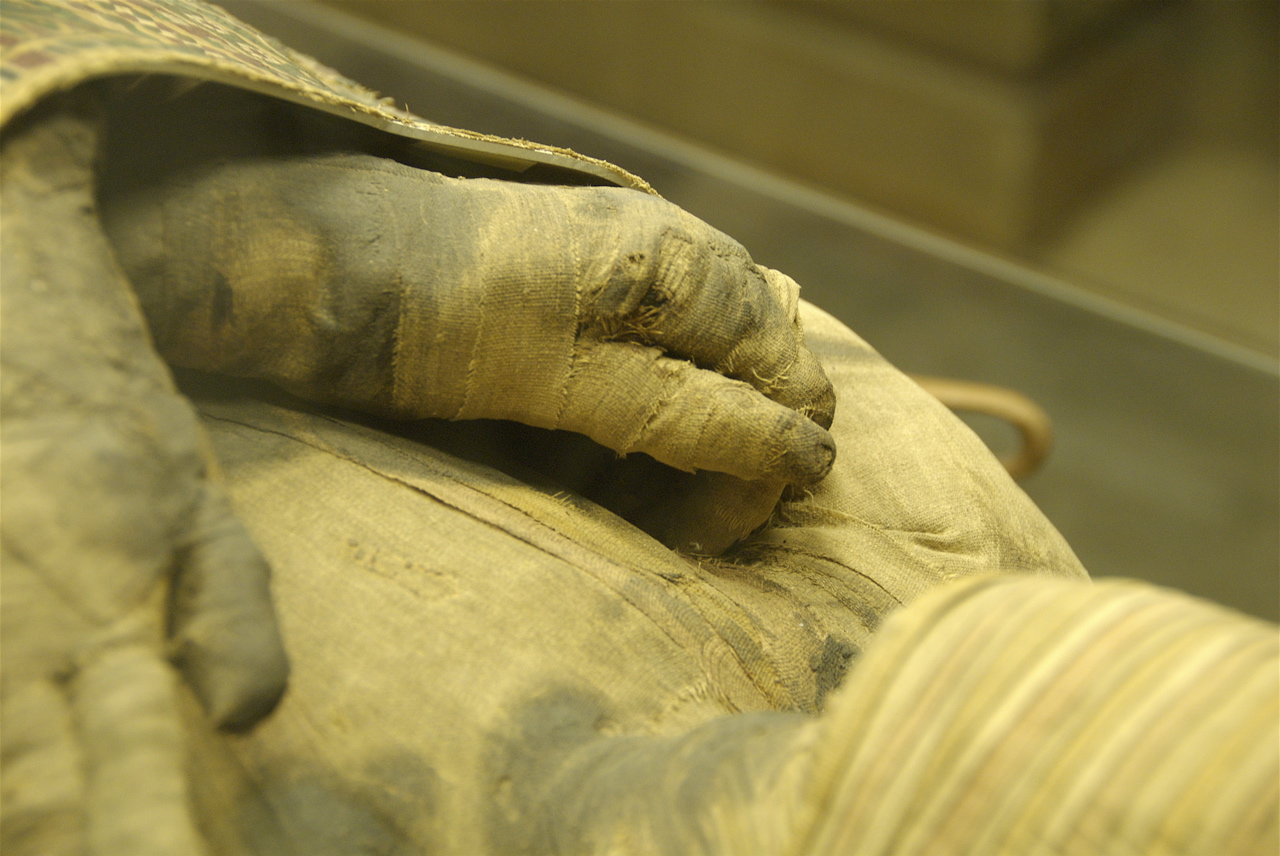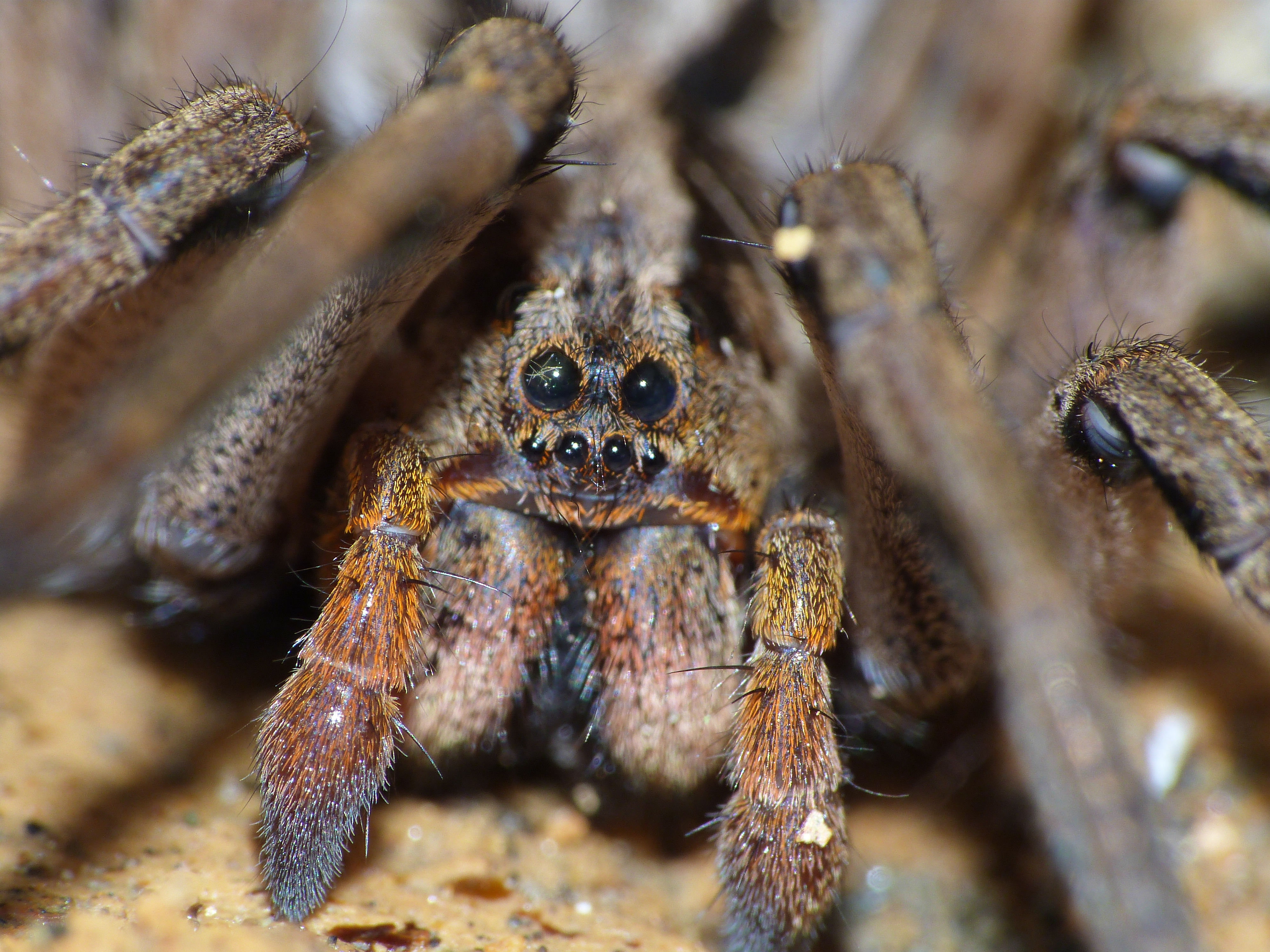Here's What Fear Does to Your Brain

By:
At Halloween, we confront our biggest fears on the streets instead of in our nightmares: Mummies skulk as if they just crawled out of their tombs; ghosts seem to have arisen from the grave; and spiders, snakes, and skeletons run around us.
 Flickr/Rocco Lucia - flickr.com
Flickr/Rocco Lucia - flickr.com
But why do we subject ourselves to the things that make our skin crawl?
We'll get to the answer in a bit. But first: What IS fear?
The almond-shaped amygdala, a part of the brain, is responsible for our strong reactions. It is the source of intense emotions, such as aggression and fear. David Bibas, Curator of Technology Programs at the California Science Center — who also curated the exhibition “Goosebumps: The Science of Fear” — told ATTN: that fear is a universal emotion, such as joy, anger, or disgust.
But unlike the other emotions, fear is essential to our survival.
“The brain is always on the lookout for danger,” Bibas said. “Most of the time we aren’t even conscious of that, and this is the survival mechanism. When we perceive danger, we react to something second. It’s always good to mistake a rock for a snake rather than a snake for a rock."
RELATED: Here's Why You Can't Sleep at Night
Of course, too much or too little of the emotion can cause psychological problems such as anxiety, PTSD, and other mental health issues.
“If you’re fearful, you’ll be too afraid to go out and get food, but if you’re fearless then you might get killed by an animal,” Bibas said.
"Goosebumps: The Science of Fear” explores different types of fears: Innate fears such as falling and loud noises, and learned fears, such as animals and electric shocks. In the case of electric shock, there's also the fear in the anticipation of fear: People really do fear fear itself.
“With conditioning, you can fear anything,” Bibas said. “If your fear system is healthy.”
Abigail Marsh, an Associate Professor in the Department of Psychology at Georgetown University, explained to Bytesize Science that there are three stages of fear: Sensing something threatening and freezing in response, responding by fleeing, or responding by fighting the threat.
"The stages of the fear response that are mediated by [brain] structures at low levels to hearing something scary is usually vigilance and freezing,” Marsh said in the interview. “There’s an evolutionary reason for this, which is that movement will often release predatory attacks in predators.”
After freezing, if the brain concludes that the environment is harmful, Marsh says the nervous system moves into stage two: the flight response.
The third and final step in the brain’s assessment of fear: fight, which is used when the threat is so close that fleeing is no longer an option.
 Flickr/Hugo A. Quintero G. - flickr.com
Flickr/Hugo A. Quintero G. - flickr.com
When you encounter something you fear — say, a tarantula lunges toward you or you hear a loud noise — you jump or squeal. That’s adrenaline sparked from your amygdala, which has released a chemical called glutamate that triggers your fight-or-flight response through the hypothalamus, another part of the brain. These reactions all take place automatically and instantly, and you have little control over them.
The fight-or-flight response is a physiological response to events that could cause you harm. Your muscles tense up as your heart races; your pupils dilate; your breath quickens; and your body surges with endorphins, oxytocin, adrenaline and dopamine. Your reaction is hormonal, physical and mental.
So let's get back to our initial question: Why do we seek out things that scare us to death?
If you are facing a real threat that initiates the fear reaction, you get no pleasure from it.
But during Halloween, your rational brain (you hope) understands that the terrifying figures you see aren't really a threat. And that's when the hormonal, physical and mental experience of fear becomes fun. “You have to keep in mind that you can go to a scary movie, and you know that you’re in a safe place,” Bibas said. “It’s a safe-risk situation where you know you’re not in danger. But at some points, the brain doesn’t distinguish between the real and the perceived.”
It’s the same pleasure you get from roller coasters, bungee jumping, extreme sports, and other risky activity: If you recognize that no harm will befall you, the adrenaline rush is addictive.
Of course, in a situation where you recognize that “this is just a movie,” or “that’s not a real skeleton falling from this haunted house’s ceiling,” your parasympathetic nervous system eventually steps in to calm you down and ease the adrenaline rushing through your body. So in this Halloween season, just be grateful for that. Without it, being terrified wouldn’t be nearly as fun.
Editor's Note: A previous version of this article incorrectly spelled David Bibas' name. This has been corrected.
